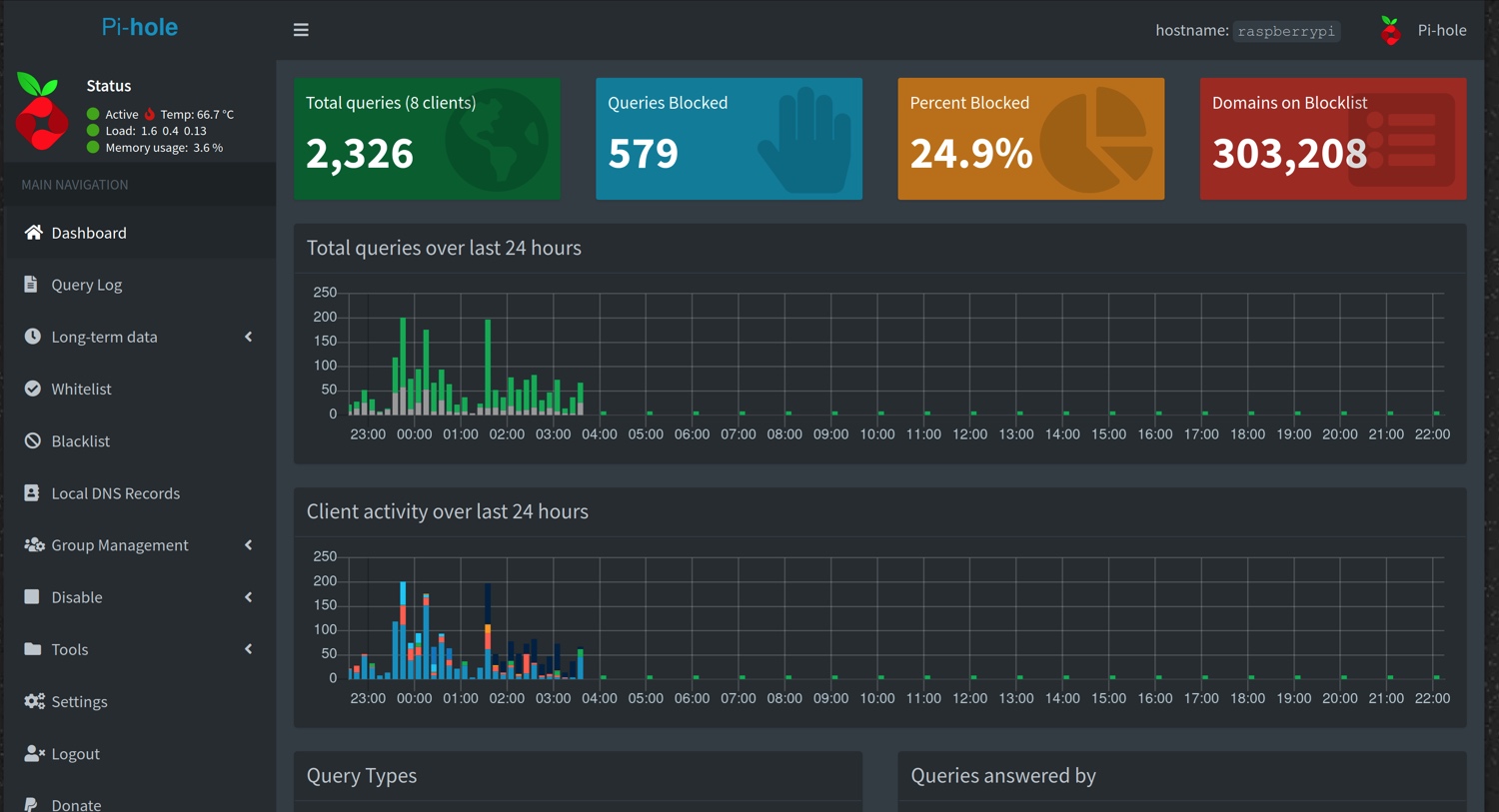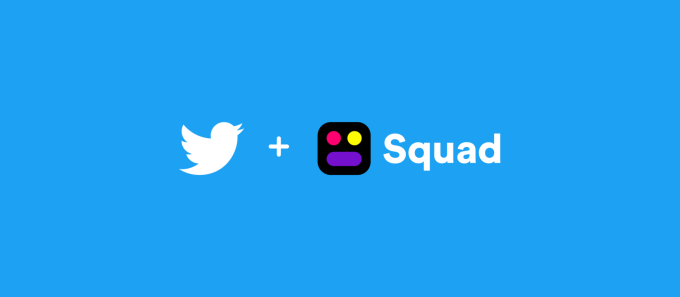Ready to blast off and join thousands of attendees around the world at TC Sessions: Space 2020 on December 16-17? The event, focused on space technology and dedicated to helping early-stage startups succeed in this exciting yet daunting industry, features panel discussions and interviews with the top leaders, visionaries and makers on the planet.
Want to save $50? Buy your pass before Tuesday, December 15 at 11:59 p.m. (PT) to lock in the Late Registration price before they increase.
While you’ll find many of these brilliant experts speaking from the Main Stage, don’t miss the focused programming we have lined up for the Breakout Sessions. That’s where you’ll find our partners sharing their in-depth expertise on a range of topics. Check out these breakouts waiting to drop a galaxy’s worth of knowledge on you.
Wednesday, December 16
(all times in PST)
9:00 – 10:00 a.m.
Fast Money- SMC Space Ventures, AFWERX and Space Force Accelerators
Learn how SMC Space Ventures, AFWERX and Space Force Accelerators work together to connect startups to government organizations and resources in the space industry.
10:00 – 11:00 a.m.
Introducing the launch of the World’s First Space Technology and Human Longevity focused Rolling Fund in partnership with AngelList
Fireside chat with the General Partners and team from SP8CEVC covering the verticals of Space Technology and Human Longevity.
11:00 – 11:30 a.m.
Fast Money – Working with the Army to Operationalize Science for Transformational Overmatch
Learn about DEVCOM Army Research Laboratory and the xTech Program of prize competitions that accelerate innovative solutions that can help solve Army challenges.
11:30 – 12:30 p.m.
Pitch Feedback Session
Join us for a pitch feedback session open to all startups exhibiting at TC Sessions: Space 2020 moderated by TechCrunch staff.
1:00 – 1:50 p.m.
University Showcase – Boldly Innovating in Space, for Space (Part One)
Technologies to Go Boldly in Space – For the past half century, space exploration and technology has been earth-centric. We’ve studied the earth, orbited the earth and sent images of distant places back to earth. In the coming decade, we’ll embark on a new commitment: We’re going to space to stay. We’re committing to space commerce, space habitation and space exploration in order to not just stay in space, but to extend our human footprint into this solar system. To be successful, we need bold people and new technology to build and deploy the next generation of space capabilities. We need to capture these space opportunities, avoid potential threats and deliver on the promise of a multi-planet human race. This session showcases our partners USC and MIT, as they provide insight into their space programs. They are joined by university partners UCLA, ASU and Caltech, showcasing a range of emerging space technologies. Working with the Aerospace Corporation, these emerging capabilities can be evaluated and integrated into government space-faring missions for communicating, navigating, and exploring in space with NASA, NOAA and the Air Force.
Thursday, December 17
9:00 – 9:30 a.m.
Cislunar Space: Building a Self-Sustaining Lunar Economy
We are standing on the threshold of a post-scarcity human future. Cislunar space, the area between the Earth and the Moon, holds the keys to a tremendous wealth of opportunities.
9:30 – 10:00 a.m.
Fast Money – Advancing Space Technology with NASA SBIR
Learn about the Small Business Innovation Research (SBIR) and the Small Business Technology Transfer (STTR) programs powered by NASA.
10:00 – 10:30 a.m.
Fast Money — NAVWAR SBIR/STTR Primer: The SBIR/STTR is a robust program designed to help small businesses address government needs while promoting commercialization. This session is dedicated to providing a primer on the program with tips on getting involved and getting engaged with the Naval Information Warfare Systems Command (NAVWAR).
10:30 – 11:00 a.m.
Fast Money — Introduction to In-Q-Tel’s investing activities in the commercial space sector: In-Q-Tel is a strategic investment firm that works with the national security community of the United States. For 20 years, In-Q-Tel has served one mission: to deliver the most sophisticated strategic technical knowledge and capabilities to the U.S. government and its allies through its unique investment model. Over the past decade, In-Q-Tel has been one of the most active investors in the commercial space sector, with a broad investment thesis that touches many aspects of the sector. This session will provide an overview of In-Q-Tel as a whole, as well as a discussion of the firm’s activities in the commercial space sector.
11:00 – 11:30 a.m.
Fast Money – Enabling a dual-use business model with Defense Innovation Unit (DIU)
Learn how you can take a part of DIU’s development of on-demand access to space, persistent satellite capabilities and broadband space data transfer
11:30 – 12:30 p.m.
Starburst x TechCrunch — Pitch Me to the Moon: Starburst Aerospace and TechCrunch are teaming up to launch a pitch competition like no other – Pitch Me to the Moon. Think the Startup Battlefield, but for space. Ten promising early-stage space startups (selected by Starburst) will have an opportunity to present their innovations live to a panel of high-profile judges from across the industry.
1:00 – 1:50 p.m.
University Showcase – Boldly Innovating in Space, for Space (Part Two)
Bold Missions – For the past half century, space exploration and technology has been earth-centric. We’ve studied the earth, orbited the earth and sent images of distant places back to earth. In the coming decade, we’ll embark on a new commitment: We’re going to space to stay. We’re committing to space commerce, space habitation and space exploration in order to not just stay in space, but to extend our human footprint into this solar system. To be successful, we need bold people and new technology to build and deploy the next generation of space capabilities. We need to capture these space opportunities, avoid potential threats and deliver on the promise of a multi-planet human race. This session showcases our partners USC and MIT, as they provide insight into their space programs. They are joined by university partners UCLA, ASU and Caltech, showcasing a range of emerging space technologies. Working with the Aerospace Corporation, these emerging capabilities can be evaluated and integrated into government space-faring missions for communicating, navigating, and exploring in space with NASA, NOAA and the Air Force.
Whew, talk about a great lineup. You might say it’s out-of-this-world — which raises the question: Can you hear a rimshot in space? Don’t forget to peruse the rest of our programming in the event agenda and start planning your schedule now.
Pro Tip: Say goodbye to FOMO. Our virtual platform makes it easy to toggle between the Main Stage and Breakout Sessions. Plus, you’ll have access to video on demand, so you won’t miss a beat (excluding the Expo Ticket).
Remember, late registration savings end on Tuesday, December 15 at 11:59 p.m. (PT). We also offer discount passes for groups, students, and government, military and non-profit employees. Buy the pass that’s right for you today!
Is your company interested in sponsoring TC Sessions: Space 2020? Click here to talk with us about available opportunities.










